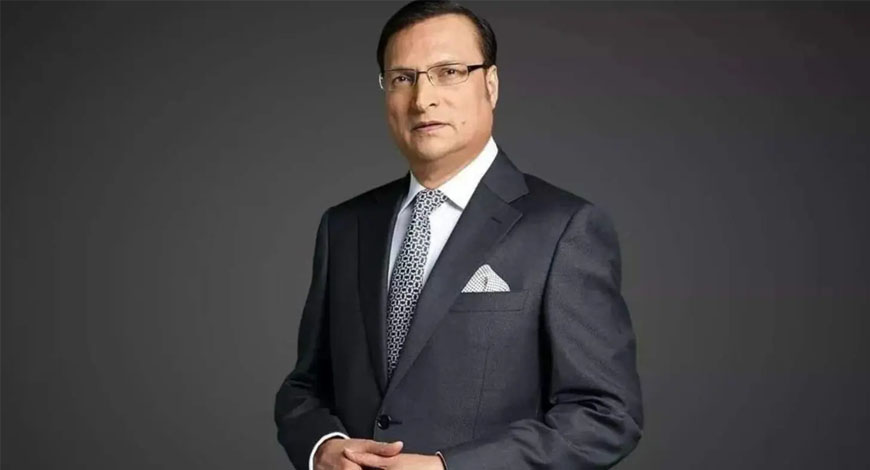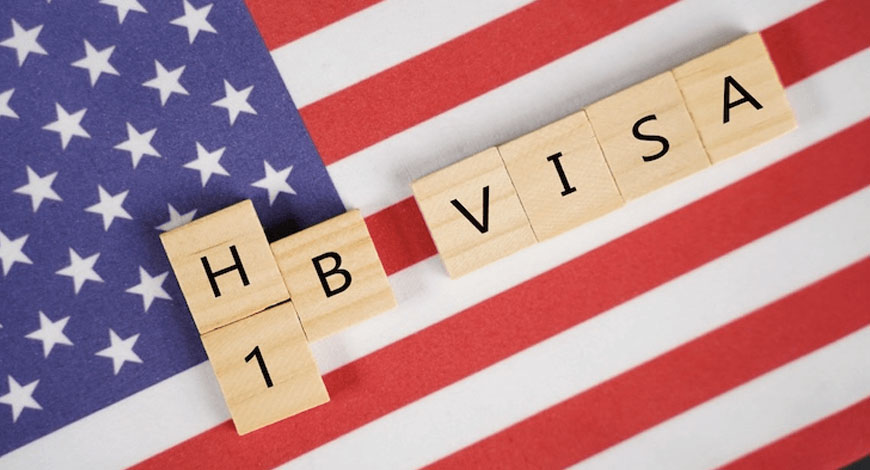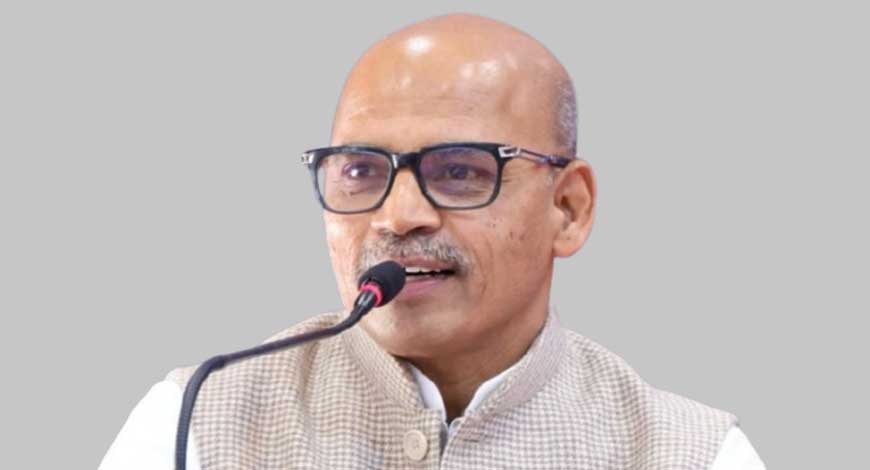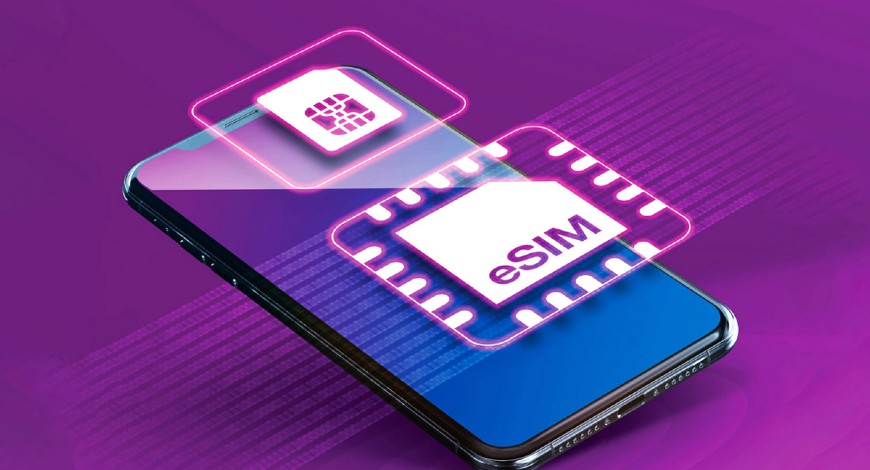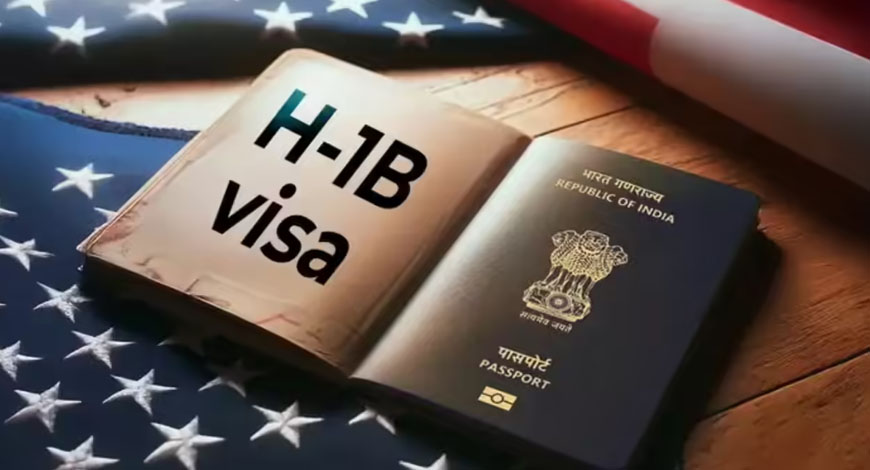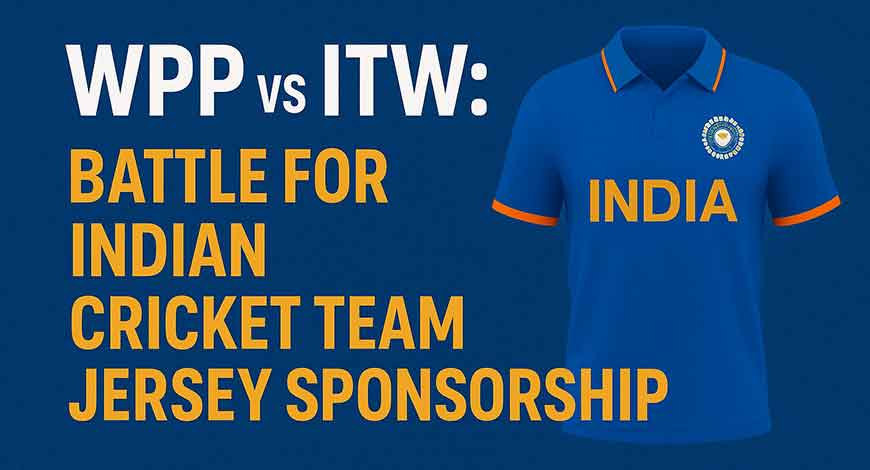The Trump administration’s hefty new visa fees for H-1B workers have prompted high-level talks inside companies in Silicon Valley and beyond on the possibility of moving more jobs overseas – precisely the outcome the policy was meant to stop.
US President Donald Trump on Friday announced the change to the visa program that has long been a recruitment pathway for tech firms and encouraged international students to pursue postgraduate courses in the United States.
While the $100,000 levy applies only to new applicants – not current holders as first announced – the confusion around its roll-out and steep cost are already leading companies to pause recruitment, budgeting and workforce plans, according to Reuters interviews of founders, venture capitalists and immigration lawyers who work with technology companies.
“I have had several conversations with corporate clients … where they have said this new fee is simply unworkable in the US, and it’s time for us to start looking for other countries where we can have highly skilled talent,” said Chris Thomas, an immigration attorney at Colorado-based law firm Holland & Hart. “And these are large companies, some of them household names, Fortune 100 type companies, that are saying, we just simply cannot continue.”
About 141,000 new applications for H-1B were approved in 2024, according to Pew Research. Though Congress caps new visas at 65,000 a year, total approvals run higher because petitions from universities and some other categories are excluded from the cap. Computer-related jobs accounted for a majority of the new approvals, the Pew data showed.
The Trump administration and critics of the H-1B program have said that it has been used to suppress wages and curbing it opens more jobs for US tech workers. The H-1B visa program has also made it more challenging for college graduates trying to find IT jobs, Trump’s announcement on Friday said.
The visa previously cost employers only a few thousand dollars. But the new $100,000 fee would flip the equation, making hiring talent in countries like India – where wages are lower and Big Tech now builds innovation hubs instead of back offices.
“We probably have to reduce the number of H-1B visa workers we can hire,” said Sam Liang, co-founder and CEO of popular artificial intelligence transcription start-up Otter. “Some companies may have to outsource some of their workforce. Hire maybe in India or other countries just to walk around this H-1B problem.”
While conservatives have long applauded Trump’s wide-ranging immigration crackdown, the H-1B move has drawn support from some liberal quarters as well.
Netflix co-founder and well-known Democrat donor Reed Hastings – who said he has followed H-1B politics for three decades – argued on X that the new fees would remove the need for a lottery and instead reserve visas for “very high value jobs” with greater certainty.
But Deedy Das, a partner at venture capital firm Menlo Ventures that has invested in startups such as AI firm Anthropic, said “blanket rulings like this are rarely good for immigration” and would disproportionately affect startups.
Unlike large technology companies whose compensation packages are a combination of cash and stock, pay packages of startups typically lean towards equity as they need cash to build the business.
“For larger companies, the cost is not material. For smaller companies, those with fewer than 25 employees, it’s much more significant,” said Das. “Big tech CEOs expected this and will pay. For them, fewer small competitors is even an advantage. It’s the smaller startups that suffer most.”
The policy could also mean fewer of the talented immigrants who often go on to launch new firms, analysts said.
More than half of US startups valued at $1 billion or more had at least one immigrant founder, according to a 2022 report from the National Foundation for American Policy, a nonpartisan think tank based in Virginia.
Several lawyers said startups they represent are pinning hopes on lawsuits that argue the administration overstepped by imposing a fee beyond what Congress envisioned, betting courts would dilute the rule before costs cripple hiring.
If not, “we will see a pullback from the smartest people around the world,” said Bilal Zuberi, founder of Silicon Valley-based venture capital firm Red Glass Ventures, who began his career in the US on an H-1B visa. Reuters
